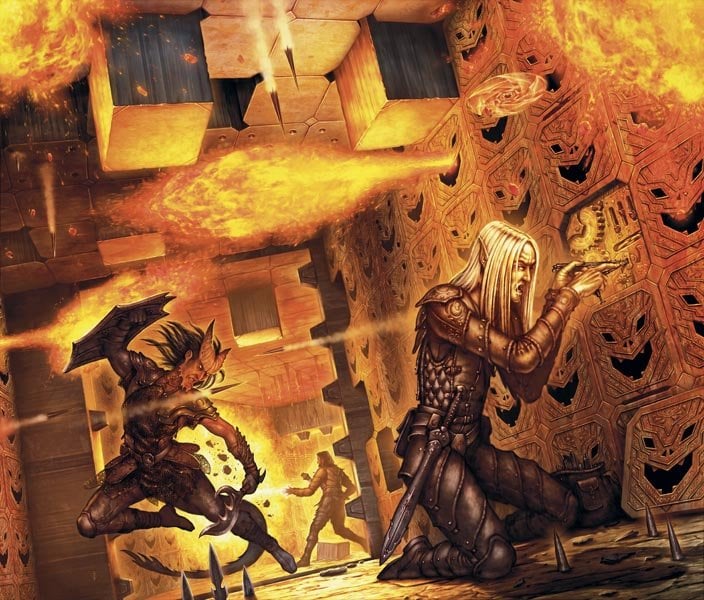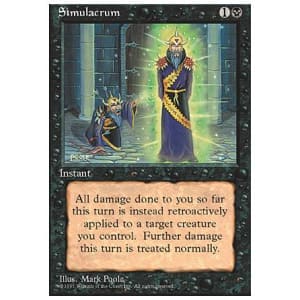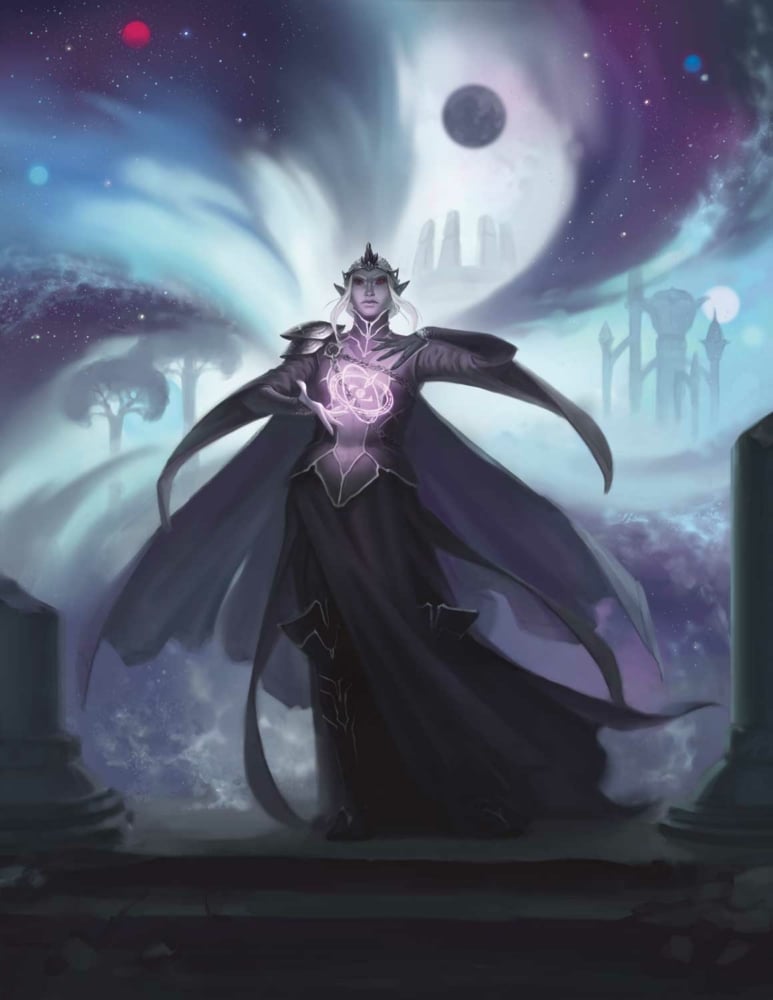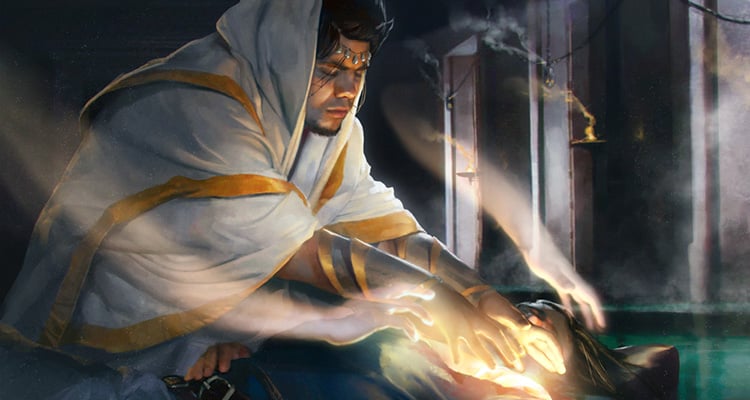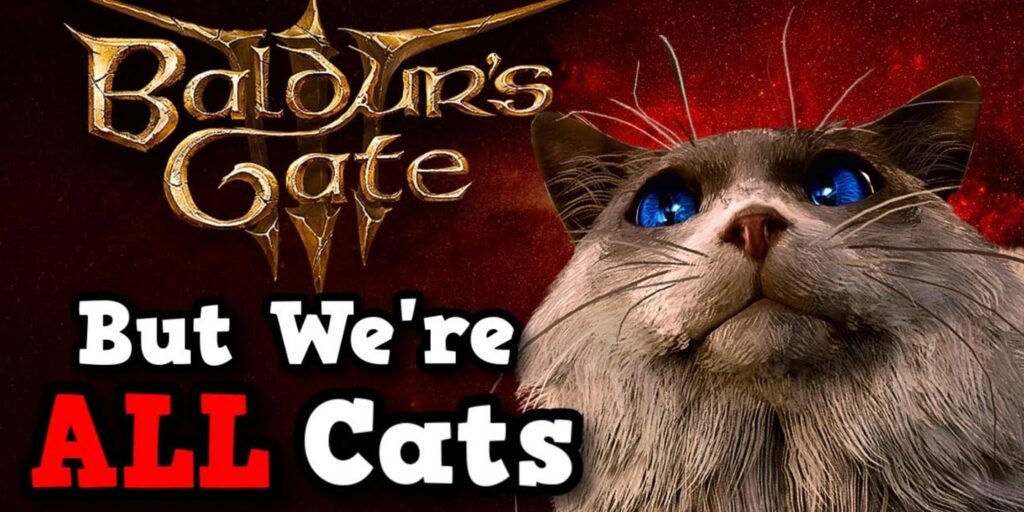Five Spells That Broke D&D
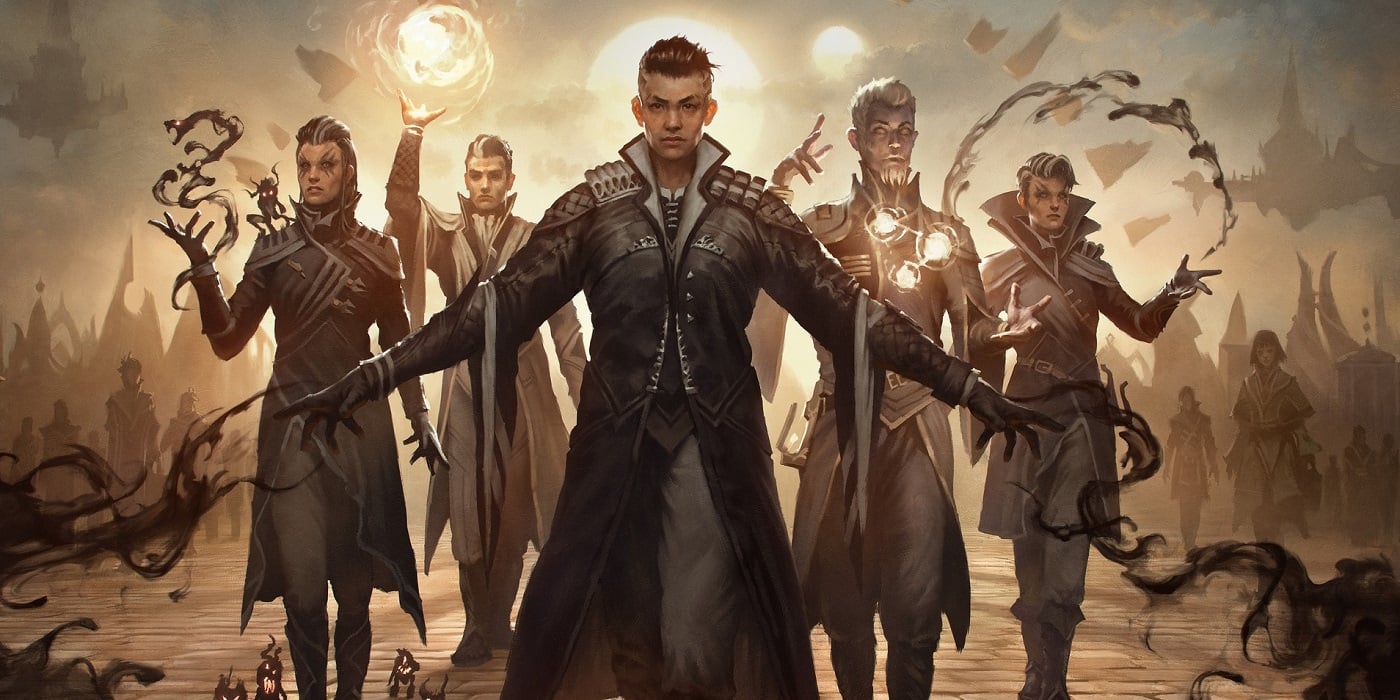
When it comes to D&D, there are broken spells, and there are spells that broke the game. And these five spells definitely ruffled some feathers.
The more you like a thing the easier it becomes to complain about it. Case in point, Dungeons and Dragons is more popular than ever, and people love to complain about it more than ever. There are a few times where even something as simple as a spell caused some ruffled feathers, because of how it “broke D&D.”
Now your definition of broke may vary. But some of these spells set off a discussion that spilled over so much, they got official errata as WotC weighed in on the issue.
Find Traps
Two spells from the PHB make the list. And this first one’s a gimme. Perhaps one of the most “broken” spells in the game, Find Traps has the dubious distinction of not even doing what it says on the tin. This spell doesn’t find traps, so much as it points out that some may be nearby. Like someone on a Zoom call, fruitlessly trying to unmute themselves, this spell offers absolutely zero help.
Cast this spell and for the trouble of your second-level spell slot, you’ll learn whether or not there are any traps within a certain radius of you at the time you cast the spell. You won’t know where they are. Or how to disarm them. You may not even necessarily know what each trap is, only that one or more traps may be present. As long as they happen to be within 120 feet of you and within your line of sight at the time you cast the spell.
Simulacrum
Now we get to the first of the spells with an official errata update. Although WotC being WotC it doesn’t necessarily fix the problem inherent in the spell. First the uproar—there is a way to read the spell that if you, a powerful spellcaster with a single 9th level spell slot, use your 7th level spell slot to cast Simulacrum, making a copy of yourself with everything but the spell slot you used to create it, you could then have your Simulacrum use its 9th level spell slot to cast Wish to replicate the 8th level spell in an instant, duplicating you into yet another Simulacrum with another 9th level spell waiting to make an infinite recursion of yous, made out of snow.
A line has been added that indicates “if you cast this spell again, any currently active duplicates you created with this spell are instantly destroyed.” But the question remains, does the Simulacrum count as a creature that has “cast Simulacrum.” The closest anyone ever got to an official ruling was this tweet from the lead rules design. If “having cast Simulacrum” counts as a game statistic you could take a snapshot of it.
Gift of Alacrity
You know a spell is going to be good when you have to lead off with, “technically the only way to gain access to this spell is by being a specific subclass of Wizard…” but here we are. Introduced in the Explorer’s Guide to Wildemount, the WotC official Critical Role sourcebook, Gift of Alacrity is one of several new spells from a new school of magic, Dunamancy.
It’s pretty simple, all it does is grant you a bonus +1d8 to initiative rolls. And it lasts eight hours. This means a single first-level spell has, if internet comments were to be believed, the potential to completely unbalance the delicately woven fabric of a D&D encounter. And while it is good: it’s a long-lasting 1st level spell that doesn’t need Concentration, like Mage Armor, it was nowhere near as impactful as some of the other spells on this list.
Healing Spirit
Take Healing Spirit, which is all about the power of technicalities. This spell sparked a lot of debate, and coined the term “healing spirit conga line.” Even though it was more of a loop. But this spell was meant to be a potent but lengthy healing spell that could help you top up in between fights, or keep your party up in a particularly troublesome encounter.
For a 2nd level spell, it was pretty good, until folks realized that, technically, everyone in the party could benefit from the spell every round, meaning each character in a party could get 10d6 points of healing, individually, all from a 2nd level spell. This was a “death knell” for encounter balance, naturally. And though no stories of broken campaigns emerged, theory crafters quivered in the featureless white voids full of nothing but optimization.
Was the spell maybe a little too good? Perhaps. WotC errata’d it so that it only works a set number of times. But it’s still a potent option!
Silvery Barbs
Finally, we get to either the best spell ever or the ruiner of fun: Silvery Barbs. This one hasn’t been errata’d, despite years of threads calling for it. This one is all about the vibe. Because it is a potent spell, on par with Shield, but with potential bad vibes. Because it forces you to reroll a success, which is the definition of ruining someone’s fun if their idea of fun is rolling good on a d20.
But if it passes the vibe check—if, like with counterspell—turnabout is fair play or you don’t mind jobbing for the PCs in question, this can be a potent option. But it is one sure to make people reach for the salt.
What spells can you think of that “broke” D&D?

